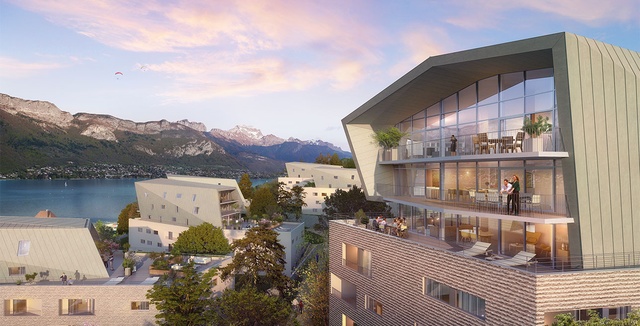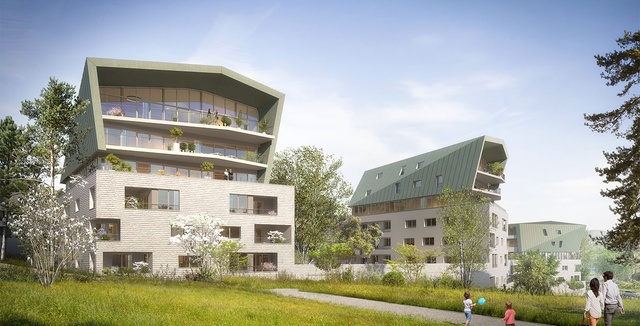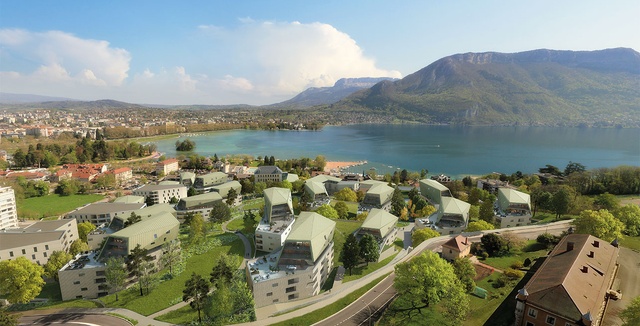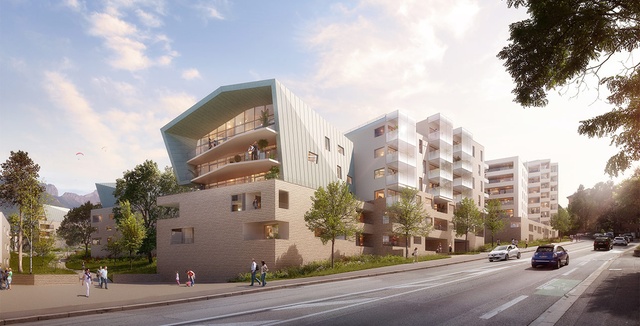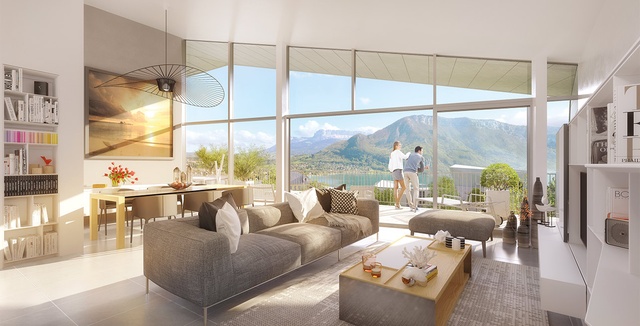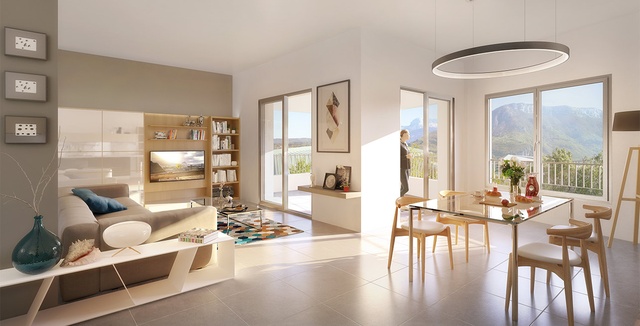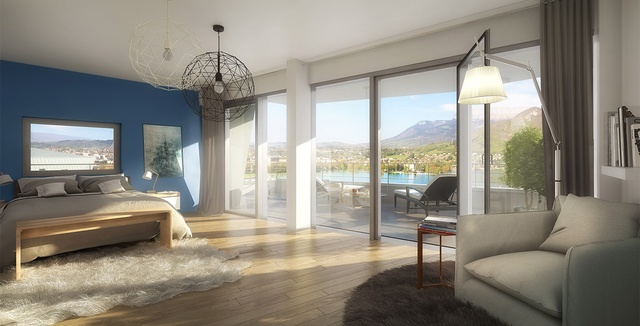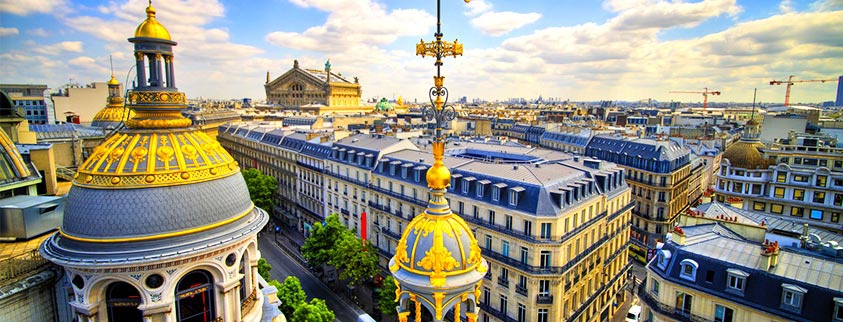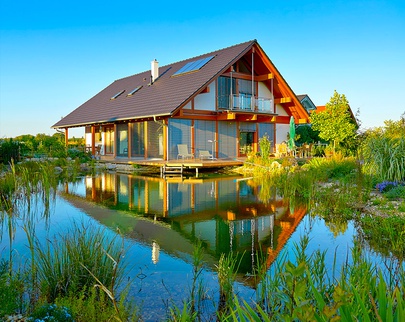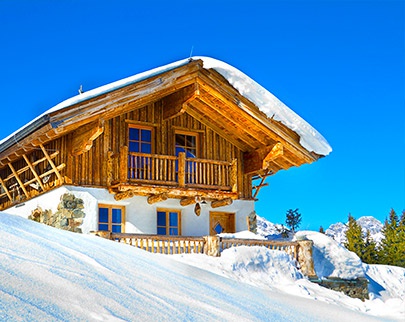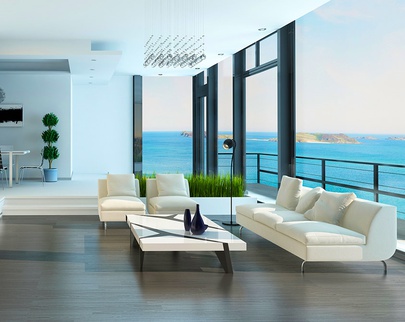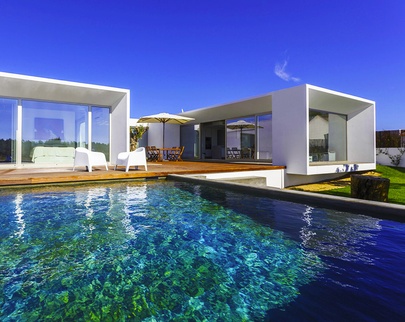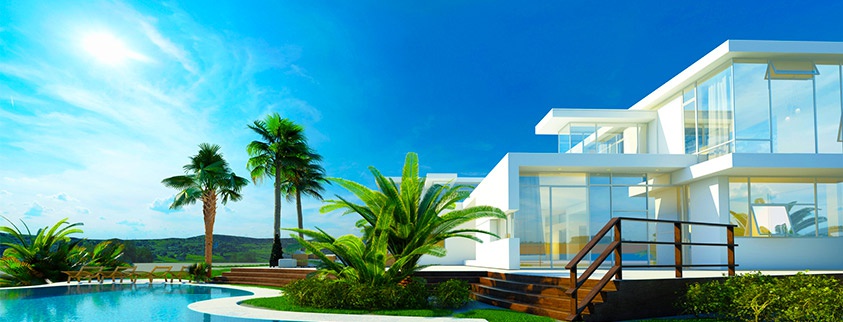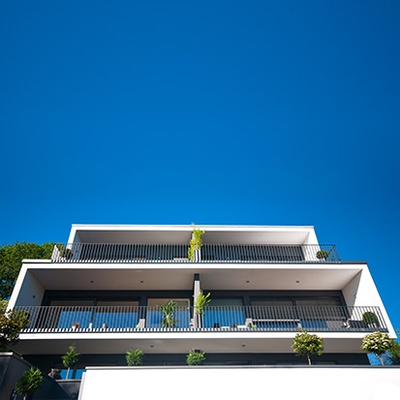

Our French territory distinguishes itself by such a diversity that any explorer lost in one of the four corners of the world will always find over there a likeness with one of our regions. One of these singular landscapes remains our Alpine arc, impenetrable barrier by its more than 4000 metres summits and its ascendancy on the mountain minds and characters. Thus, in this hostile land, the urban establishments that managed to settle and prosper can be counted on the fingers of one hand. Yet, at the outlet of a lake encircled by two Massifs on which it offers astonishing views, open on the rolling plain of Albanais, and the abundant river of the Thiou breathing life through it, Annecy is the most edifying example.
The city made the most of this geographical opportunity to span ages and Histories of our country, in a journey traceable by its successive aliases. First, Lacustrine city, the first people settled on the banks of the lake more than 7000 years ago, and it’s in the plains of Fins that Romans founded the city of Boutae. As a genuine urban structure located on the transalpine way, between Milano, Geneva and Aix, the vestiges of a forum and baths, typical from the era, still remain in the Roman district, flourishing until the barbarians invasions of the Alamans.
Its rich and antique history provides a disturbing lexicological duality often troubling the newcomers. A first neighbourhood is named Annecy-le-Vieux, at the North of the Plaine des Fins, single brief call in History as it only prevails a few centuries, but greatly matters, being the root of the current name of the city. A Gallo-Roman villa called Anniciaca has been the origin of this new demographic blossoming on the hillside, and gave its definitive name to the next city settlements.
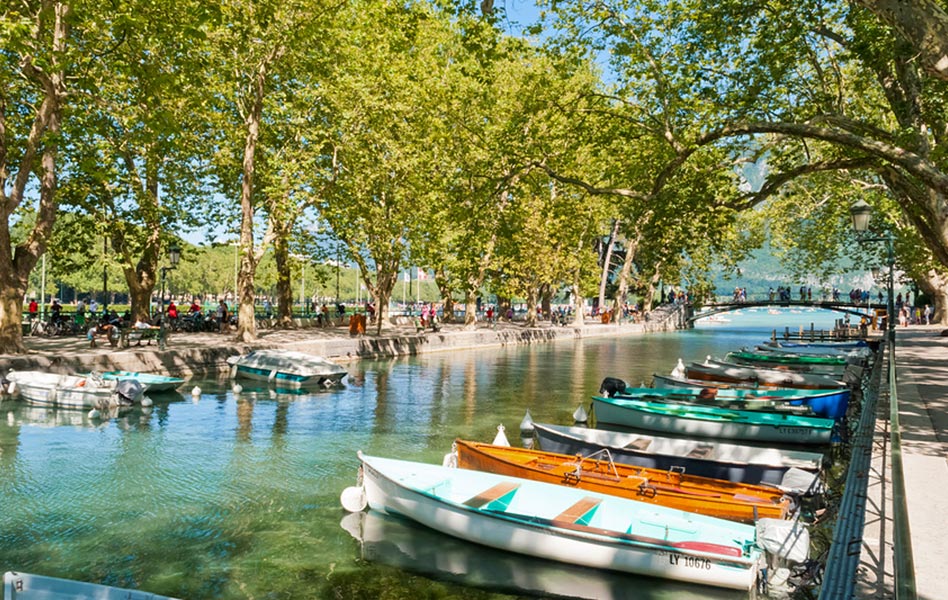
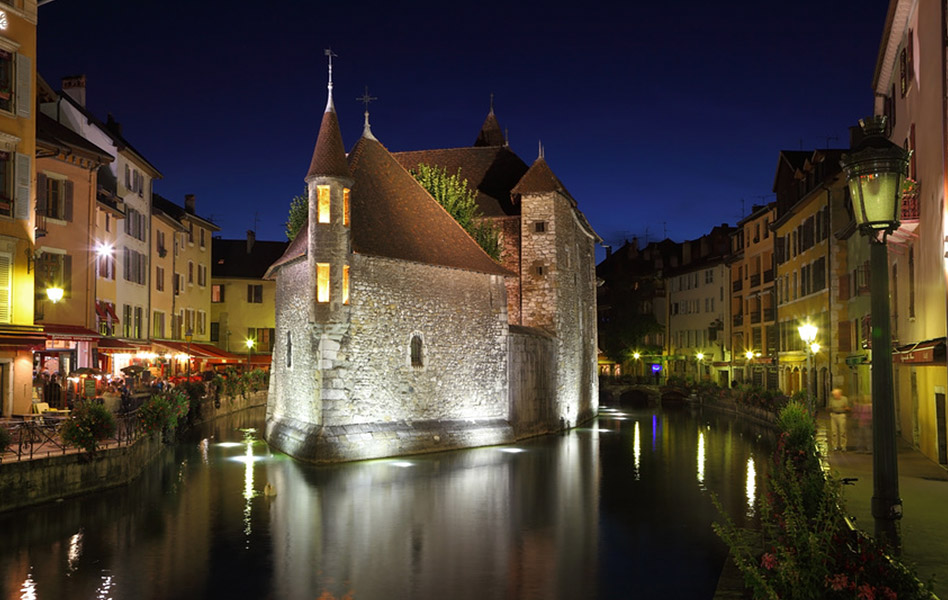
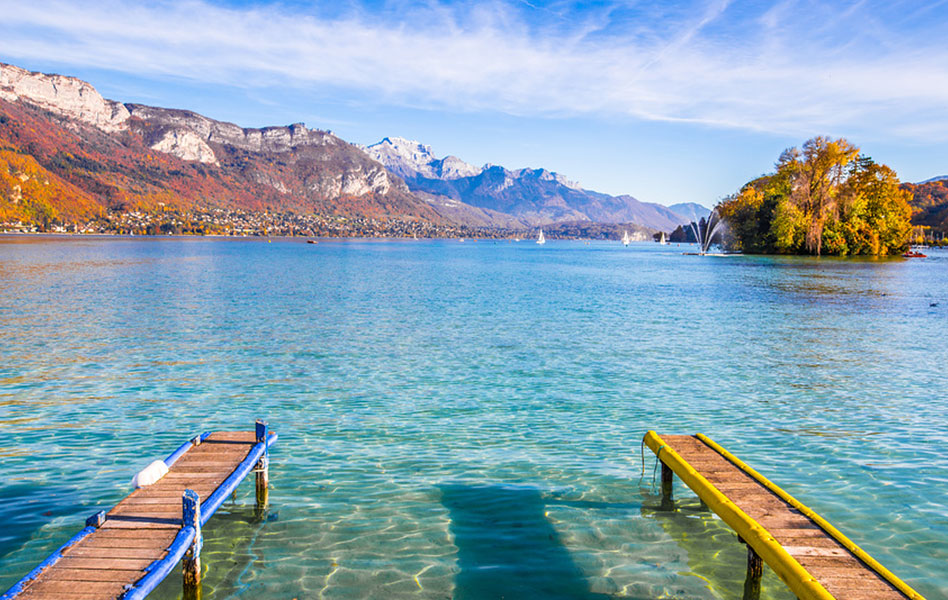
Back to the south of the Thiou banks, Annecy-le-Neuf appears for the first time in the books in the 12th century, supplanting its more archaic sister and heralds the auspicious period of Annecy’s medieval greatness, today named Old Annecy, troubling in this way the passer-bys. First, prince residence of the Counts of Geneva, embellished by the Dukes of Savoy who seized it, it becomes the Rome of the Alps, when the bishops flee from the Calvinism of Geneva, to be the episcopal capital of Saint François de Sales.
Its ephemeral return under the dawning French colours, at the time of the Revolution will provide the opportunity to flourish in textile industry without precedent, becoming this time the Workshop of the Alps in the kingdom of Piémont-Sardaigne. The last page of its history was turned 150 years ago, when it became French again, when the rails of the steam train reach it to open the tourism chapter. Subsequently, it is the alias of Venice of the Alps that Annecy took, the aristocrats, and then the working class discovering its little alleys, short cuts, and lake canals, being the reasons for the city’s renown to date.
Lacustrine city, Boutae, La Neuve, then La Vieille, Rome, Workshop and finally Venice of the Alps, this etymological plethora reflects the richness of Annecy’s heritage, which was the first city to receive the designation, one more, of Art and History City, as it offers a unique stroll through time, in an exceptional natural setting. Its last title is only the product of this age-old legacy, awarded by all those who succumbed to its charm : Most romantic city of France. A getaway on the Pont des Amours, against a backdrop of the Massif des Bornes rising over the blue waters of the lake, at the entrance of the Old city treasures will be easily convincing.
L'Avant Scène
In the Trésums district in Annecy, come to discover L'Avant-Scène, your next residence ! This future residential neighbourhood located in front of the Annecy Lake is a coveted address for its spectacular view. The seven ...

